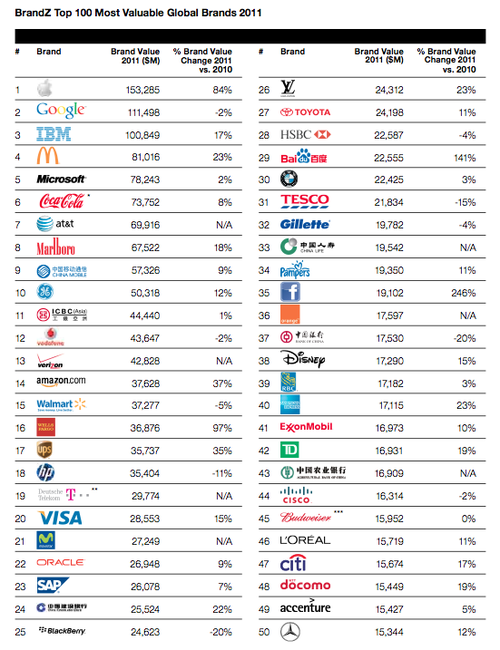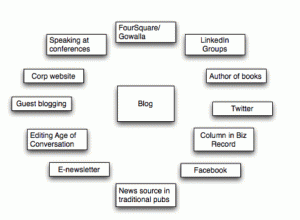How to get it done
May 24, 2016
 Get it done, get it done. The truth is, there isn’t a marketing pro or business owner alive who doesn’t feel the pressure of “too many things to do, not enough time to do them.” I know that I wrestle that particular demon all the time. We’re all going to be called upon to create more and more content as marketing continues to shift in that direction. That means, even more reading and more writing.
Get it done, get it done. The truth is, there isn’t a marketing pro or business owner alive who doesn’t feel the pressure of “too many things to do, not enough time to do them.” I know that I wrestle that particular demon all the time. We’re all going to be called upon to create more and more content as marketing continues to shift in that direction. That means, even more reading and more writing.
I certainly wouldn’t say that I have all the answers but I’ve worked hard to find efficiencies where I can. Because I write/publish a lot of content, people are always asking me how I find the time. So I thought I’d offer up some of my tricks to see if they can work for you.
Consuming Content: For my job and just because I’m wired that way, I like to consume a lot of content, from many different sources. For me, having all of the content aggregated in one place is a huge time saver. I use an RSS feed reader (my preferred option is Feedly) that allows me to consume 100+ blogs, news alerts, and articles all in one place, at one time. I can skim the headlines and first few lines and determine if I want to read more. If it doesn’t interest me, I can just mark it as read and it goes away. This is a key tool for helping me get it done.
Writing: I do three kinds of writing – scheduled, project-related and correspondence/email. For this column, I’m going to focus on the content type of writing or what I called scheduled writing.
The scheduled writing are things like my column for the Business Record and my blogs, that have a regular and reliable due date. I block time on my calendar for these and honor that time commitment like it was any meeting or appointment.
I do this sort of writing at the same time/same days every week. I also try to bunch up the writing – so I am doing a lot of it at once. Today, I’ll write this particular blog post and about three other blog posts all in one sitting. I find that once I get in the groove, I can stay in the zone and really knock a lot of content out.
My goal is to make sure the well never runs dry, so I need to keep it primed. I use tools like Evernote (www.evernote.com) and my feed reader to archive little tidbits that might spark an idea for a post or column down the road. I also rip a lot of articles out of magazines and keep them in an ever-growing pile in my office. I use the productivity app Wunderlist (www.wunderlist.com) and keep a running list of things I want to write about there as well.
Everyone is wired differently but I write best after 10 am. So I build my days accordingly. I schedule calls and meetings in the morning and do my writing in the late morning and early afternoon. I’ve learned that only under the direst of deadlines should I force myself to write outside of my natural rhythm. I can get there, but it takes twice as long and just isn’t as good.
After I’ve written a piece, I run it through a website called Grammarly (www.grammarly.com). Even after I’ve proofed something a few times, the site often spots a minor error or two. This tool makes sure that I don’t embarrass myself with a silly mistake.
Last but not least…once a month, I carve out an entire day to write. I seclude myself someplace where I cannot be found or interrupted. And on that day, boy do I get it done!
Have some tips for how you consume or create content? Email it to me and I’ll share the ideas I get here in the column.
More



 Drew’s note: Here’s a guest post by Brad Shorr on a topic everyone wants to know more about — how to improve SEO.
Drew’s note: Here’s a guest post by Brad Shorr on a topic everyone wants to know more about — how to improve SEO.









